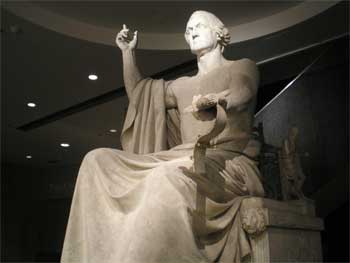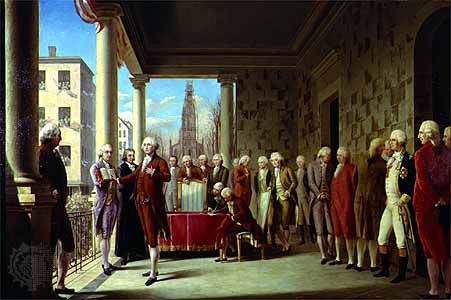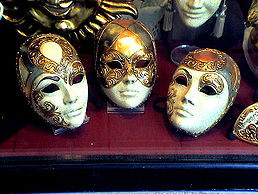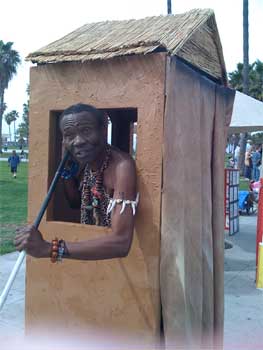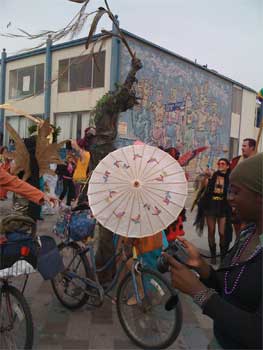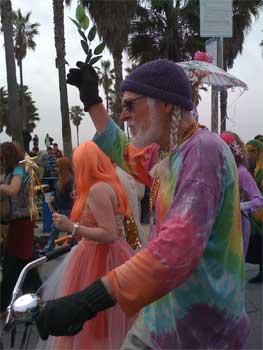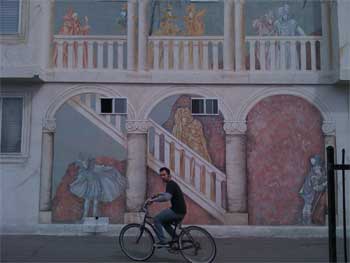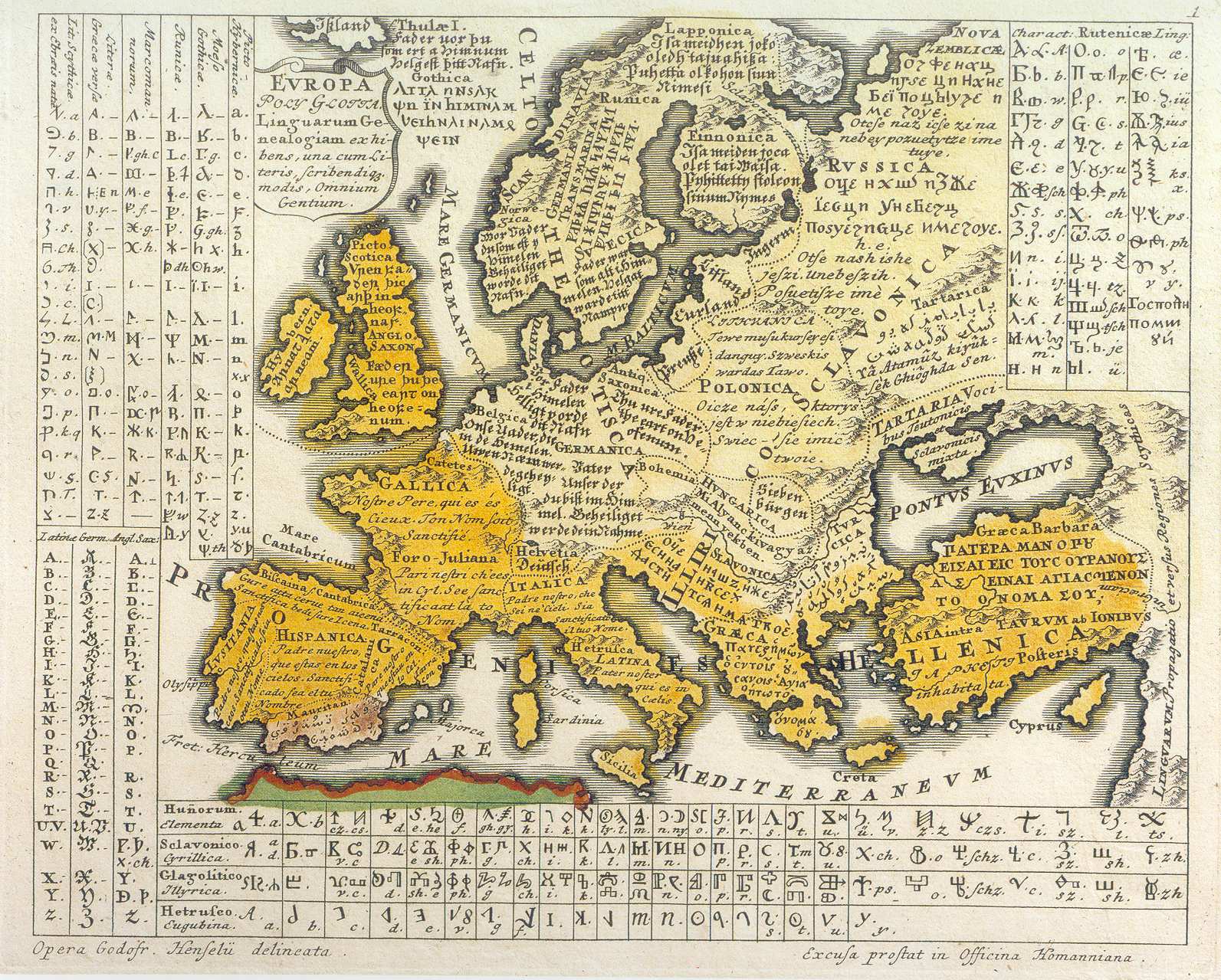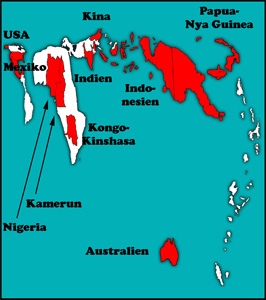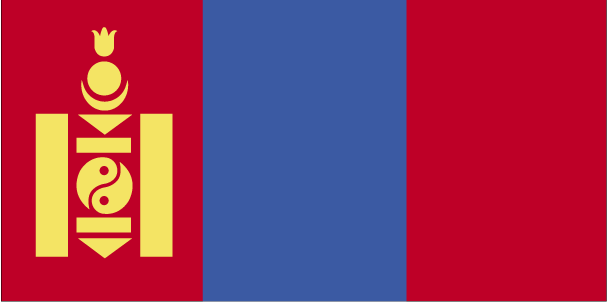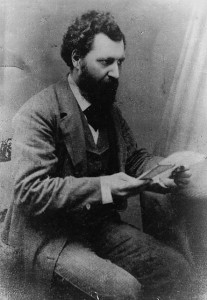Actual birthday: February 22?
Observed: 3rd Monday in February
George Washington’s birthday is observed on the third Monday in February. Since the third Monday falls between Lincoln’s and Washington’s birthdays, many people celebrate it as Presidents’ Day. But the federal holiday’s name was never officially changed. It is still ‘Washington’s Birthday Observed’ even if it is commonly referred to as ‘Presidents Day’ by state legislatures and mattress stores alike.
(Flags George served)



(1700s Union Jack; early 1776 colonial flag; 1777 U.S. flag)
Thing is, George was actually born on February 11th, not February 22nd.
In 1732, British colonies still used a form of the Julian Calendar. Under the British system the calendar year ended on March 24 and the new one began on March 25. Thus March 24, 1732 would be followed by March 25, 1733.* (A modern equivalent would be if the U.S. calendar followed the tax year—if April 15 marked the end of 2008 and April 16 marked the start of 2009.)
Why anyone got rid of this ingenious system God only knows.
Anyway, Britain’s decree to adopt the Gregorian calendar on March 25, 1752, changed two things:
First, 11 days had to be axed from the calendar.** I don’t know who had a grudge against September, but that month was chosen to do the deed. Thus, the date “September 2, 1752” was followed by September 14, 1752.
Did this mean if your birthday fell on September 3rd you didn’t get a year older? No, most folks just reassigned their birthdays or other days of note to the corresponding Gregorian date. So September 3rd became September 14.
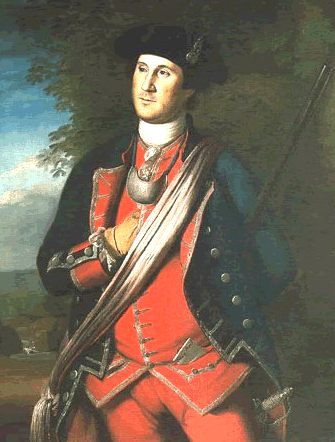
From the time of the switch onward, Washington chose to observe his birthday on February 22 rather than February 11. In fact, February 22 was celebrated as Washington’s birthday by Americans even when he was alive.
Also, 1752 became the shortest year ever in the British calendar. At just 9 months, it began on March 25 and ended December 31. Thus Washington’s 20th birthday on February 22, 1753 was exactly 365 days after his 19th birthday on February 11, 1751.
If you’re not confused yet, go here.
=================
*[For millennia the beginning of Spring (what we’d consider February or March in the Northern Hemisphere) was considered the beginning of the year. The Roman calendar we use today was an exception rather than the norm. And in fact, even Romans considered March the first month of the new year up until 153 BC. It took centuries for that change to take hold in rural agrarian society.]
**[Astronomers under Julius Caesar suggested that inserting an extra day (leap day) in the calendar once every four years would make up for the fact that the solar year was actually 365.25 days, not 365. That calculation was slightly off, but only by less than a day per century. After fifteen centuries the disparity was too great to ignore. So Pope Gregory instituted a new calendar, removing three leap days every four centuries. But to make up for lost time—or gained time depending on how you look at it—countries adopting the Gregorian calendar had to skip 11 to 13 days on their calendars.]
www.crowl.org/Lawrence/time/britgreg.html



